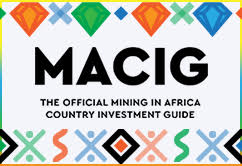SEARCH RESULTS FOR:
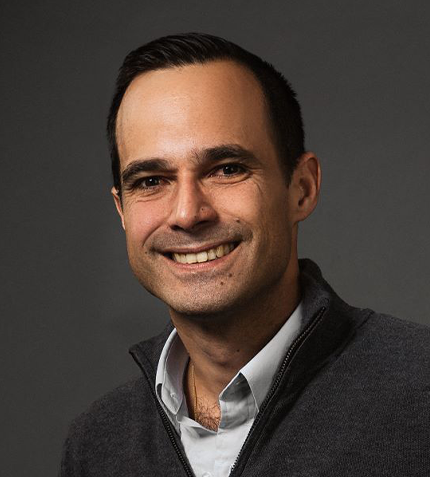
José Vizquerra
PRESIDENT & CEO, O3 MINING
"We are still on track for production by 2027. One of the main objectives is to unlock synergies with neighboring producers to be able to process the ore, which will allow us to move fast."
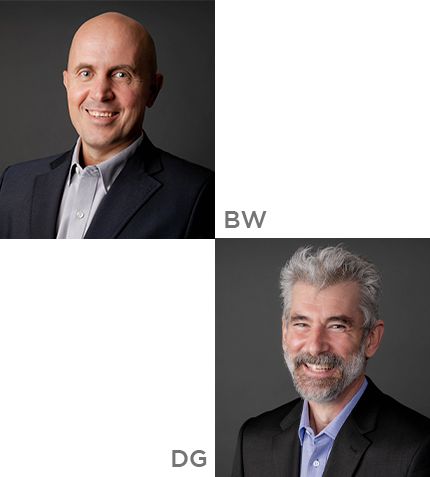
Bernard Wessels & David Gaudreau
BW: REGIONAL SENIOR VICE PRESIDENT, NORTH AMERICA, AND DG: GENERAL MANAGER, ÉLÉONORE MINE, NEWMONT
"We made improvements across our North America portfolio, achieving 28% higher gold production overall in the region – a success story that Newmont hopes to continue building on as we solidify our position in Canada with the acquisition of Newcrest."
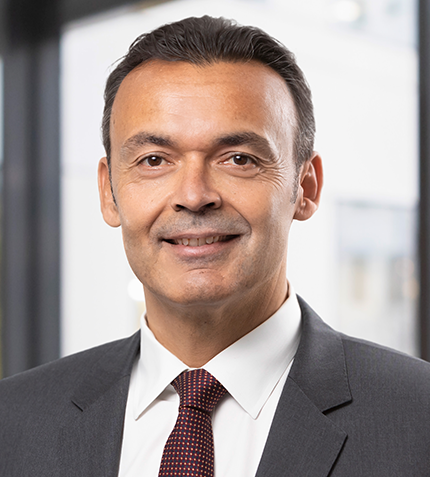
Sertaç Sürür
CEO AND PRESIDENT ASIA PACIFIC, AZELIS
"We plan to continue growing strategically across all of Asia Pacific, organically by expanding our partnerships with key principals and customers, and through targeted acquisitions."

Kenneth Lim
ASSISTANT CHIEF EXECUTIVE (INDUSTRY AND TRANSFORMATION), MARITIME AND PORT AUTHORITY OF SINGAPORE (MPA)
"The successful completion of the first methanol bunkering operation in July 2023 marks a significant milestone for Singapore’s development towards a multi-fuel future, and a testament to Singapore’s commitment to meet the future fuel needs of international shipping through safe and efficient bunkering operations."

Claudio Lesch
PRESIDENT SOUTH AMERICA, AUSENCO
"Expediting the permitting process would help dramatically. Today, lots of projects are expansions or smaller projects, which take less time to bring to production through the permitting process."

Simão Antunes
GENERAL MANAGER - SOUTH AMERICA, HOFMANN ENGINEERING
"We have an ambitious plan to achieve significant milestones this year in our Chilean operation; expand the workshop and commission our new state of the art machinery, enabling us to manufacture HPGRs and other critical components locally in Chile."
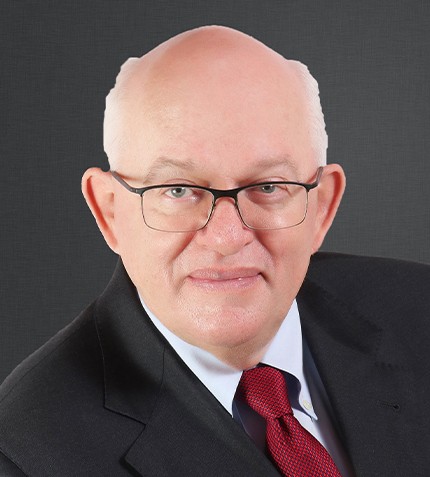
Dave Anthony
CEO, ASANTE GOLD
"On a path to reach over half a million oz/y, and given the immense exploration potential on the Chirano-Bibiani corridor, Asante Gold is a real growth opportunity and has proven it can deliver. "

Simão Antunes
GENERAL MANAGER - SOUTH AMERICA, HOFMANN ENGINEERING
"We have an ambitious plan to achieve significant milestones this year in our Chilean operation; expand the workshop and commission our new state of the art machinery, enabling us to manufacture HPGRs and other critical components locally in Chile."
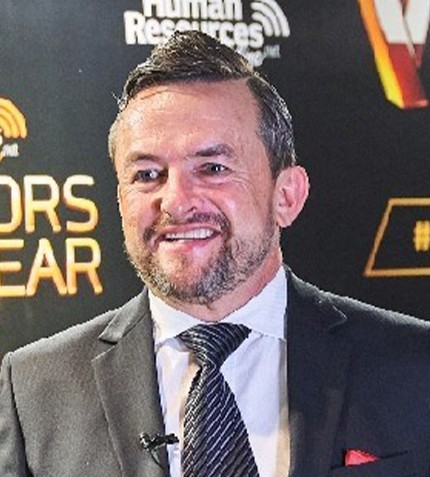
Matthew Barsing
CCO, EPS CONSULTANTS
"We have seen a huge increase in the demand for foreign workers in the country, driven by the language factor, Malaysia itself being a multi-cultural, multi-linguistic hub that attracts many foreign companies."
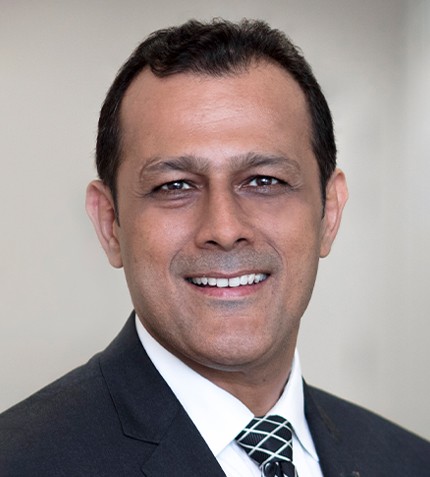
Vinod Agnihotri
MANAGING DIRECTOR, LANXESS
"While businesses faced challenges due to COVID-19-related reasons, our manufacturing business continued. We received good support from the local authorities, and our movement and supply of goods remained smooth. I would say that our Asian supply chains demonstrated greater resilience during this period."




